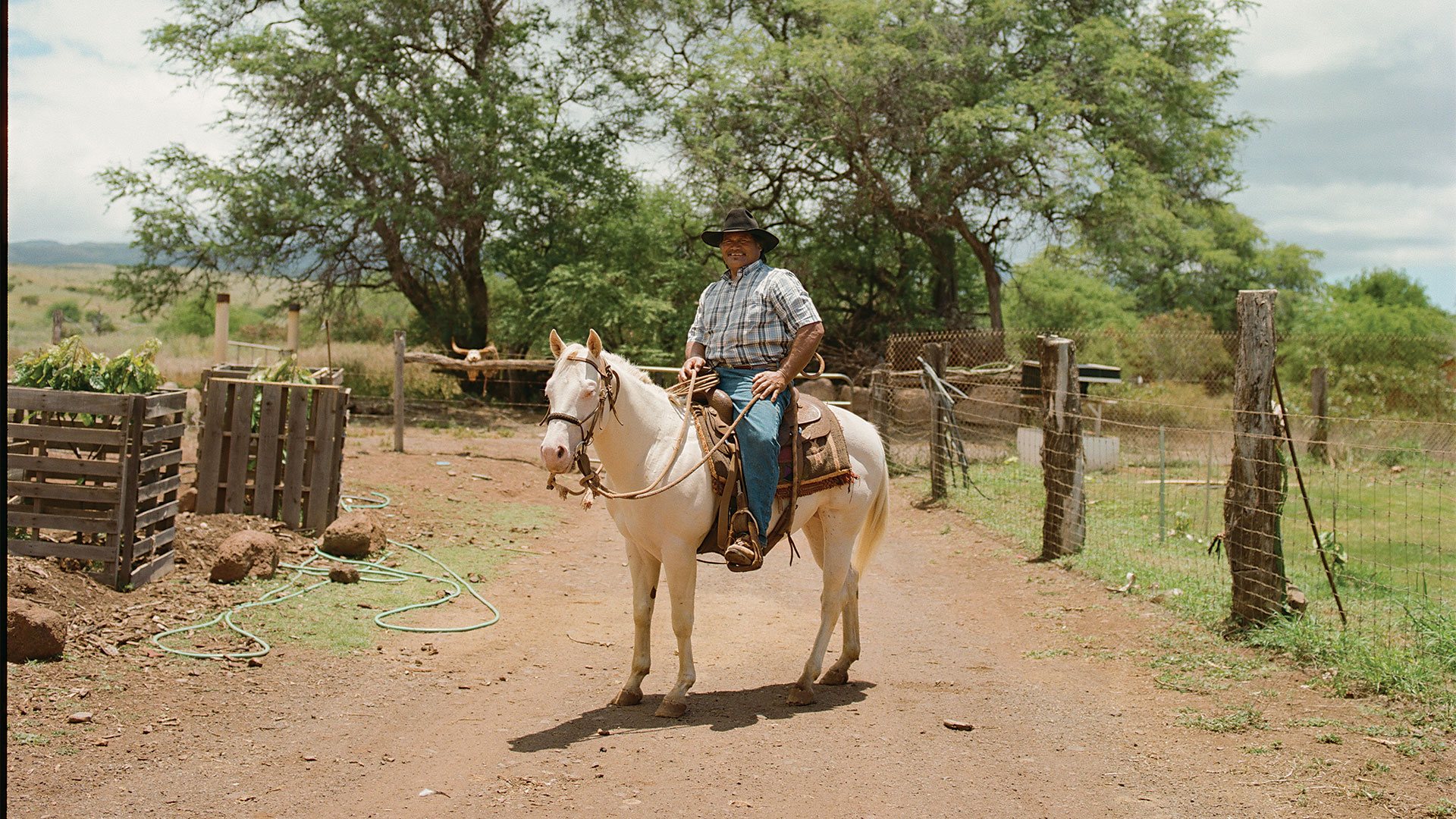Through analog and digital photography, Nani Welch Keli‘iho‘omalu recreates the layered histories that she finds herself placed within.
Images by Nani Welch Keliʻihoʻomalu
One opens oneself to a photograph. An unveiling of many, caught in between the shutter of a second. With reciprocity in mind, what does close intimacy look like within a changing place? In the context of justice, what does beauty look like? How does photography assist in revealing the histories and stories that allow a portrait to happen?
Beginning with one’s family, Nani Welch Keliʻihoʻomalu photographs her loved ones in the way they want to be seen. Hailing from a long Hawaiian lineage continuing on Kalapana, Hawaiʻi Island, and with ties amongst the rest of the archipelago, Keliʻihoʻomalu grew up with grand family parties of over 200, singing and weaving with one another. She also grew up with family turning away from cameras armed by tourists who would accidentally roam onto their property, to seeing her cousin randomly on the Travel Channel while away for college. Photos were rare. People took photos, but it was rare to have photos that her family liked. This representation of Hawaiian families stood far away yet too close; perimeters blurred. Incorporating layers to produce images of a Hawaiian family right now: deep familial love is illustrious, combined, and full of story and essence.
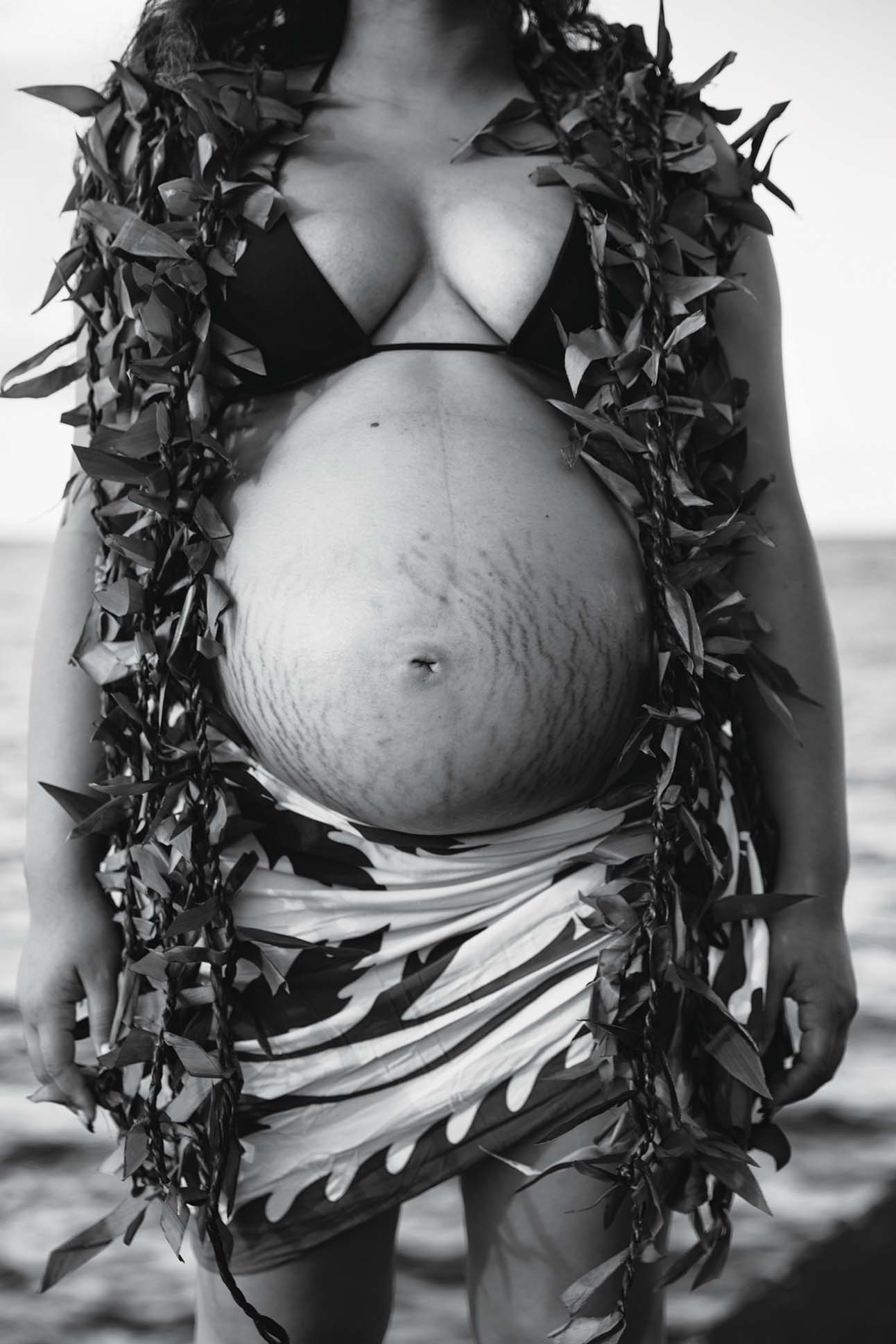

For me, Kalapana is still old Hawai‘i. There are little pockets you can’t find anymore. This is what my family represents: We are Keli‘iho‘omalu and we come from a place that is untouched. Some keep traditions of old through hula, through fishing and farming; our family does it through mele and through the way that we live. Just being aloha.
Nani Welch Keli‘iho‘omalu
Marked by a state highway sign signaling “End of Road” where Kaimū Bay diverted, the fast, late ’80s flow from Kīlauea covering its track in lava, Keliʻihoʻomalu’s family home there is one of a handful of houses that survived. The presence of loved ones connected with this home marks the scene of Keliʻihoʻomalu’s first personal photography showcase, Kalapana I Ka Wā Kahiko, in homage to the old days of Kalapana. On display in July 2023 at Kaiao Space, the Honolulu gallery by Sig Zane, the show was a vision shared with artist and cousin Nainoa Rosehill, communicating a life of a landscape where family is interwoven into the texture of memories and different storied places rich in moʻolelo. Revealing history through photographs, video, paintings, and song, Keliʻhoʻomalu’s imagery alone redefines the idea of capturing into a culture of connection. Amidst the vast interconnectedness of the islands, she declares, “My aunty is your aunty.”
These personal ties to aunties, uncles, and cousins from all over are expressed along the gallery’s perimeter where every inch is connected by a loved one from their particular history throughout the islands: the keys of a hala fruit brought by Aunty Lei Wann from Kauaʻi, are strewn about; lei and hīnano adorned the walls; Grandma “G-girl” Kawehilani Kalalau Keliʻihoʻomalu graced the air with her memory and mele as celebrated “Aloha Kaimu” lyrics written by her flashed in a video sung by her sons. Grandpa Robert “Uncle Robert” Poʻokapu Keliʻihoʻomalu’s pāpale flown in by Mom and Dad a couple of days before the opening; Pele’s Hair gathered in Mānoa by Nani and family to honor one of her dad’s late sibling’s favorites. He is not photographed but instead painted by Nainoa and placed at the end of the gallery to connect all siblings together.
Tangible and bound with care, Keliʻihoʻomalu organized Kalapana I Ka Wā Kahiko in honor of her family joined by Rosehill, incorporating corporeal, layered histories that segue within one another, stories about moving through time — a conversation between “ao”, the literal, and “pō”, the astral. Observing the tradition of storytelling, family, ʻāina, and lineage, Jasmine Reiko speaks with Nani Welch Keliʻihoʻomalu in exchange with Nainoa Rosehill for this photo essay, presenting Kalapana I Ka Wā Kahiko and other related works reflecting Keliʻihoʻomalu’s journey as a Hawaiian photographer who came back home.
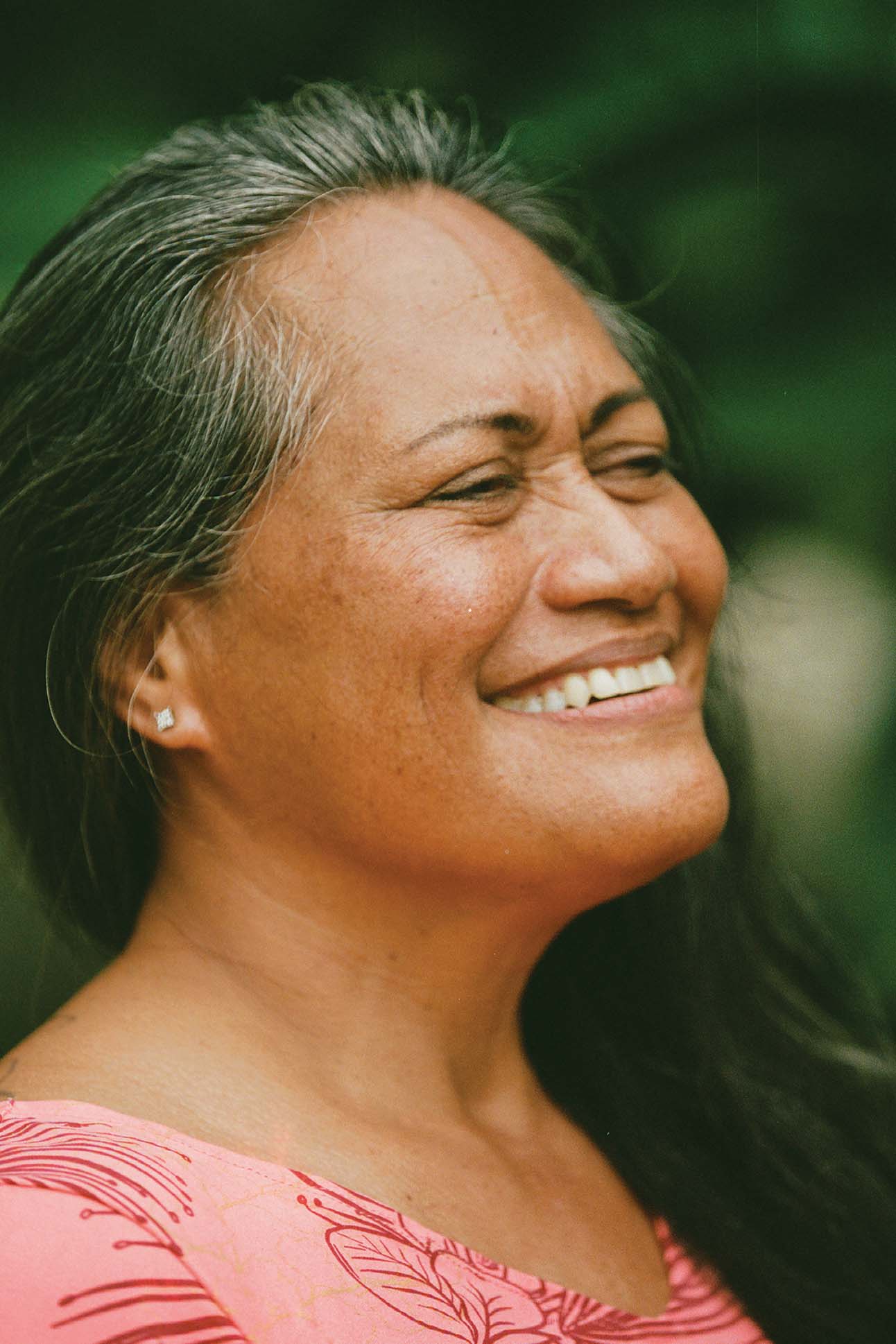





You graduated from Lewis & Clark College in Portland, Oregon in May 2018 with a degree in rhetoric and media studies. What has your timeline been like as far as moving away from Hawai‘i and pursuing photography when you returned?
Nani Welch Keli‘iho‘omalu Photography has been a very crucial way for me to connect to my culture. For me, growing up and being able to photograph and document my family was my way of connecting to my heritage and being a Hawaiian. Coming from Hawai’i and photographing Hawaiians was something that did not happen as much in our community. I think now in the last five to ten years there is so much more visibility of Hawaiians and so much more imagery of Hawaiians in the context of now. In the modern day.
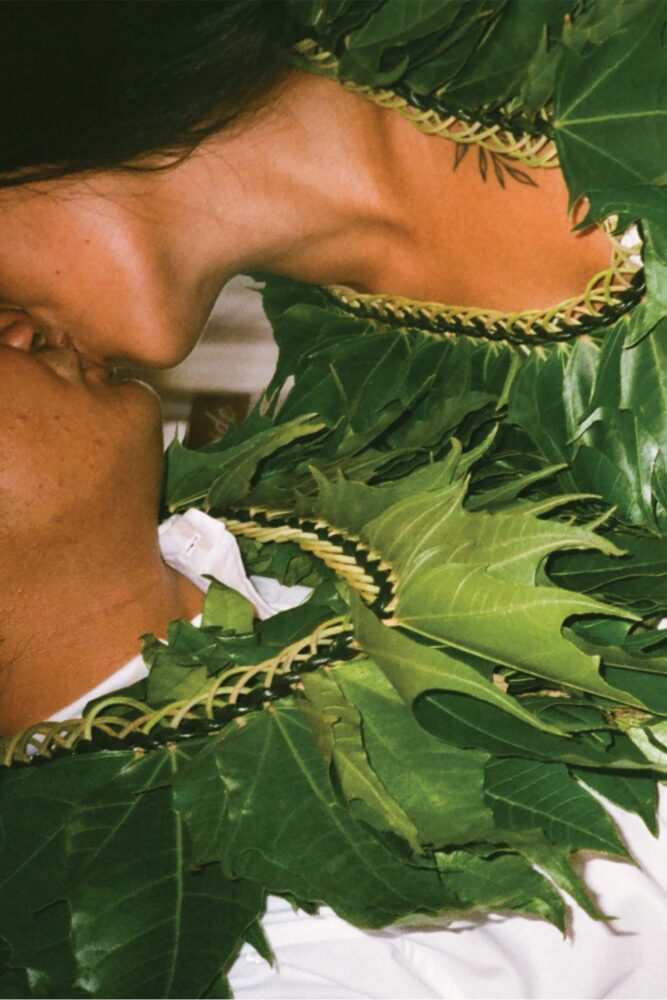



Tell me more about the exhibition text: “In Kalapana i Ka Wā Kahiko, memory and myth twist together, snatched by the ‘Āwili of Kaimū, fused within the forge of its seas. Ancient springs, bathed in shivering water, are blighted by the changing of the earth. The sound of thunder without rain; a vision of yellow foam gurgling out from the mouth of a cave. Materials clash and clamor, rupture and effuse; the song of Puna spills out from the womb of the earth.”
Nainoa Rosehill We wanted to craft something that both honored our work, our process, and our place, while also concealing the specific details that build the layers of sacred space. Honoring specific features by name, and our histories through allusion, felt like a natural way to bring them into Oʻahu while preserving their special qualities from being preyed on, in a cultural landscape where all that is “Hawaiian” is relegated to the decorative.
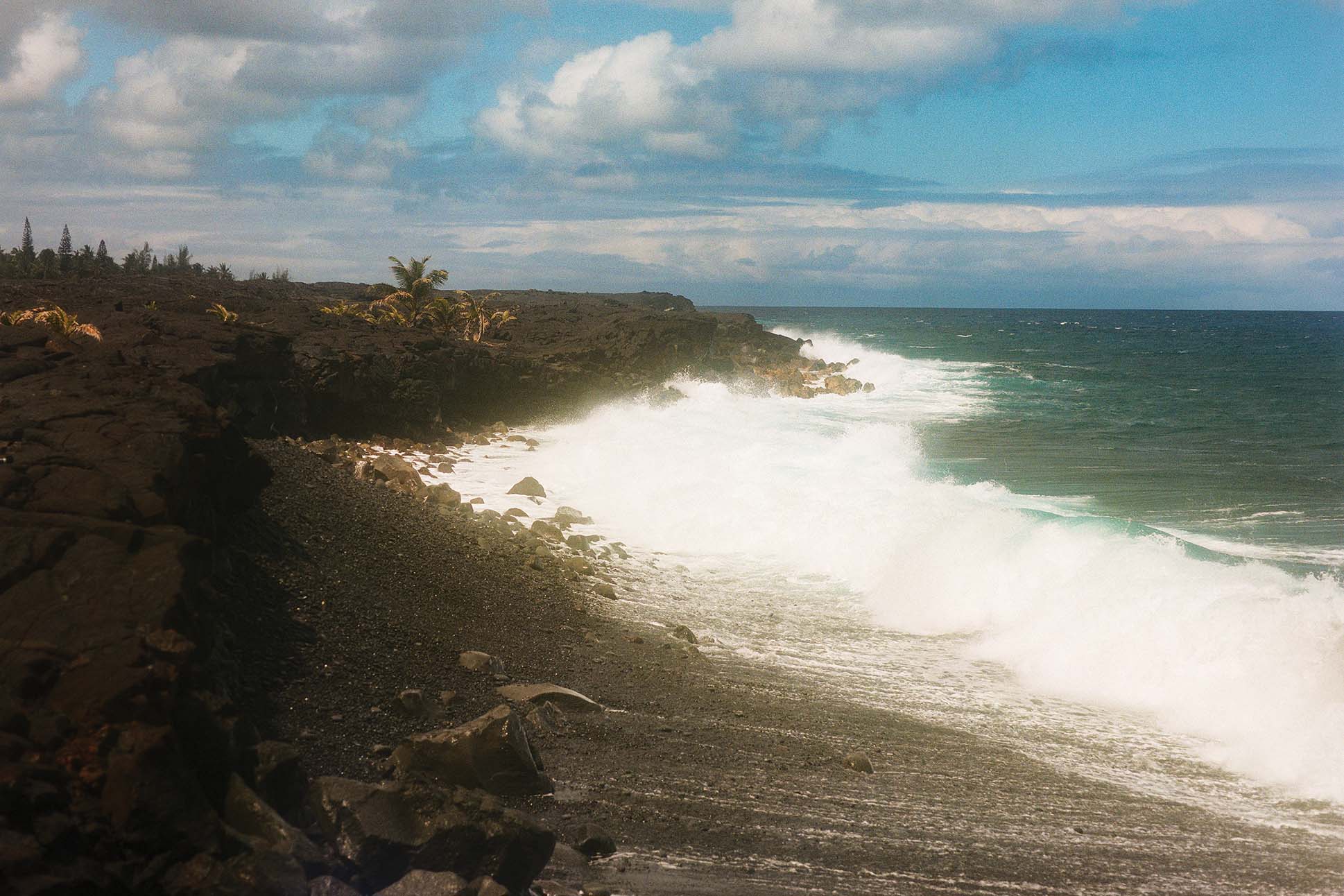

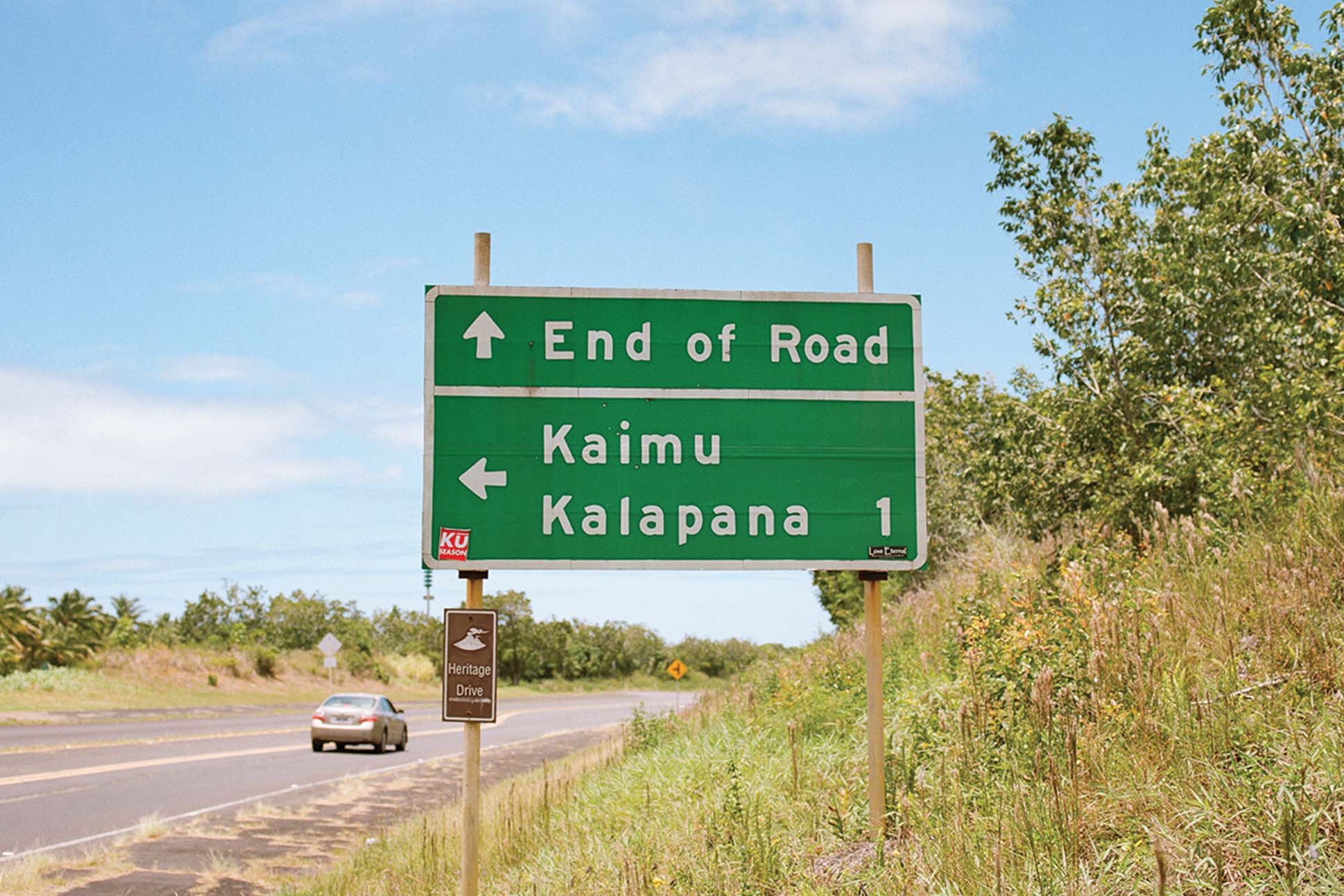

From one place, one can become many and honor all that has come before. What does place mean to you?
NR Being born and raised in a district where land is ephemeral, with many of the places that raised the last century of our family being buried in lava now today, place and our relationships to place become valuable resources. Places are more abstract at home, land can change radically in a matter of moments. But they will always retain their names. Kalapana is no less Kalapana today than it was in the ’80s before it was covered. The names of those places that are now forever changed are our anchors, reminding us of what used to be. Invaluable pillars of what it means to be of this land, and of pele.
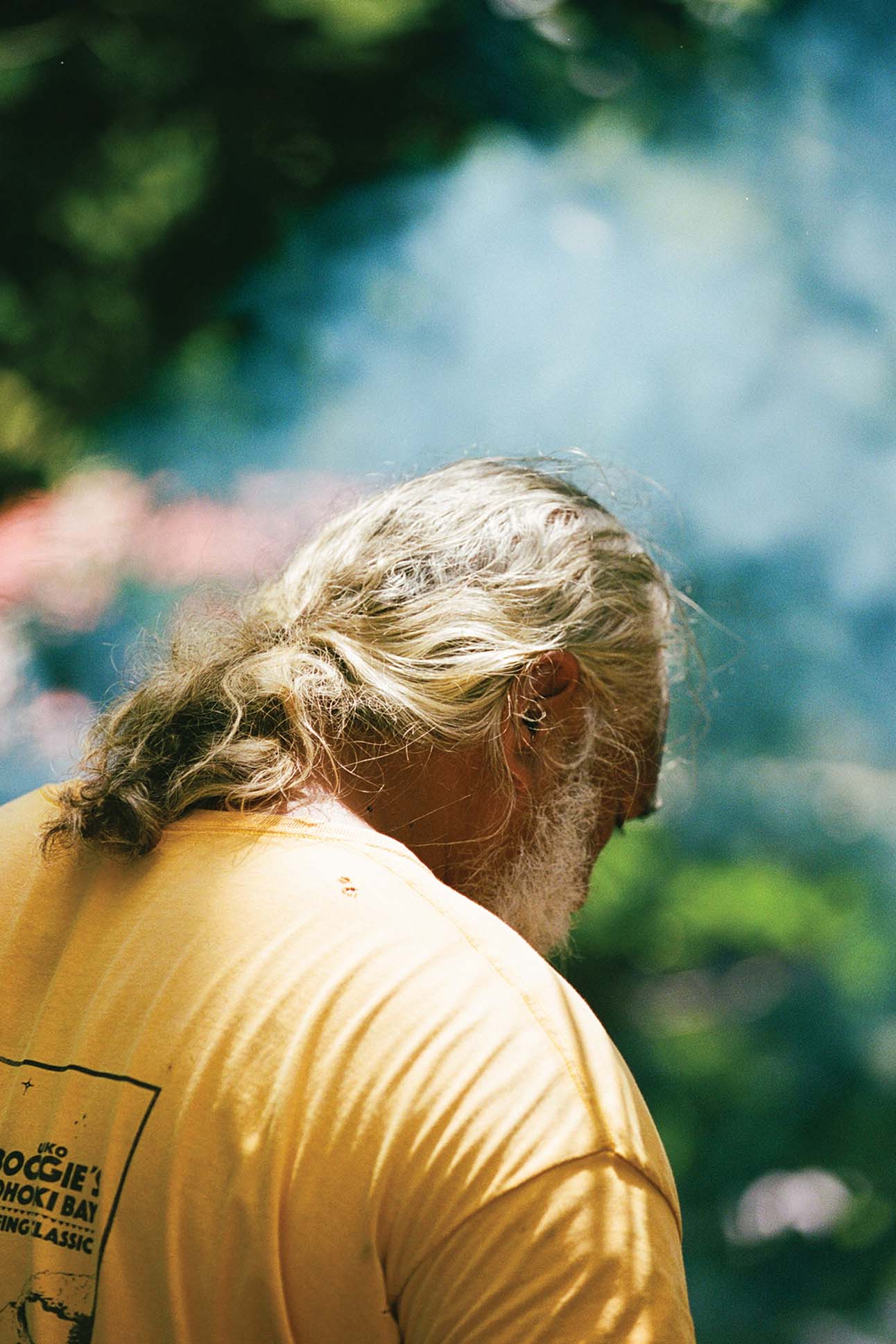

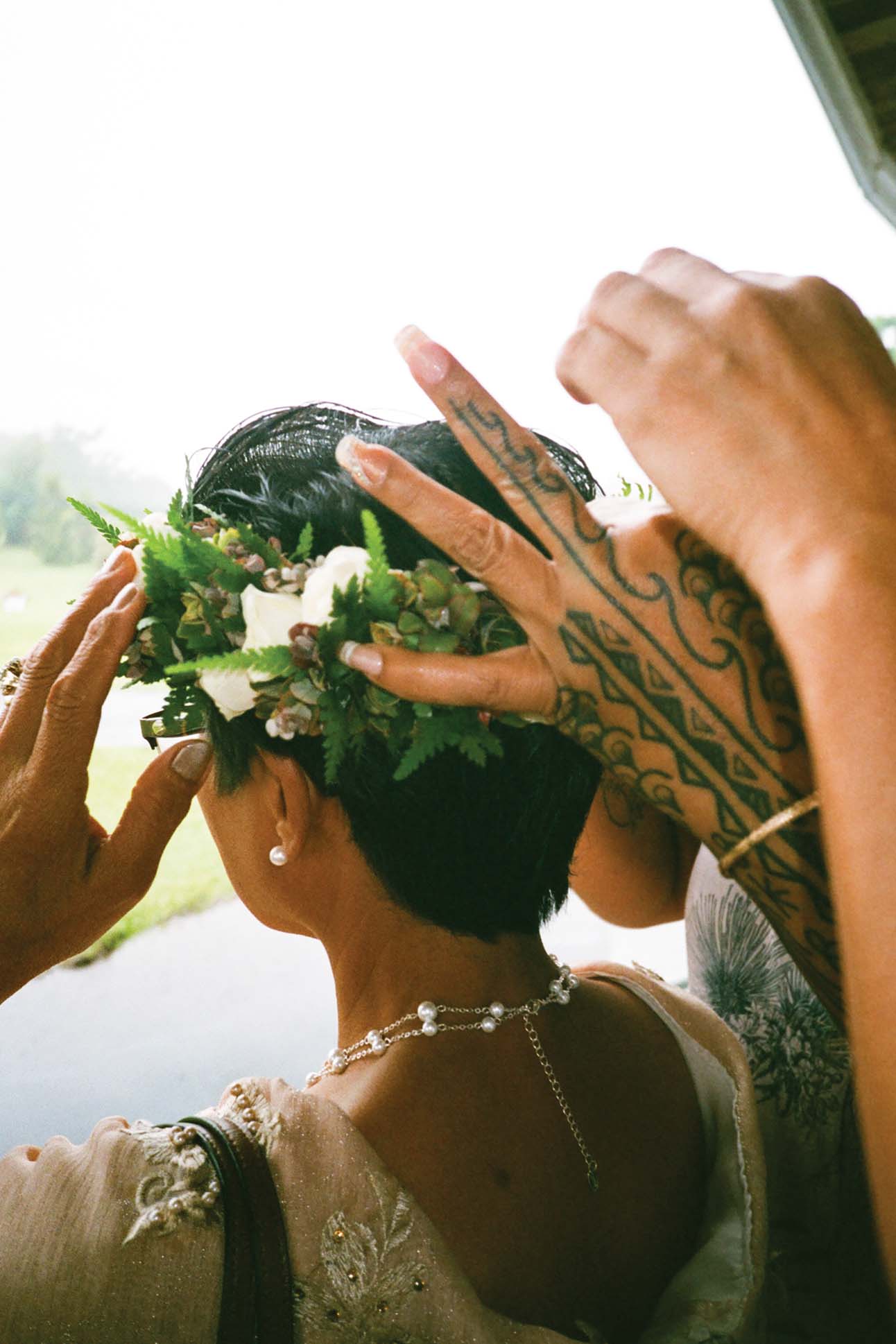

I am going to ask you for your personal definitions of these themes. These can be not definitive, but rather an illustration or example. What is myth? What is memory?
NR For myself, myth and memory are, together, rhizomatic. They are in a delicate dance with each other and are not easily defined from one another, especially through the lens of the Pacific, where so much of the bio-cultural landscape of our generational communities is shaped by our oral histories. Kalapana is its own form of myth, destroyed and buried beneath the body of our ancestors. A Kahiki-like, where our histories lie sleeping yet wholly remain inaccessible to the feet, to the hands, to the mind; eruption turning the land into an unattainable ideal. We interact with these places in the contextual space that surrounded them: the songs of our ancestors, the stories of the past. This exchange between the memory holders and the inheritors of the myth is the relational experience where these two things weave together and build the foundation of the exhibit.
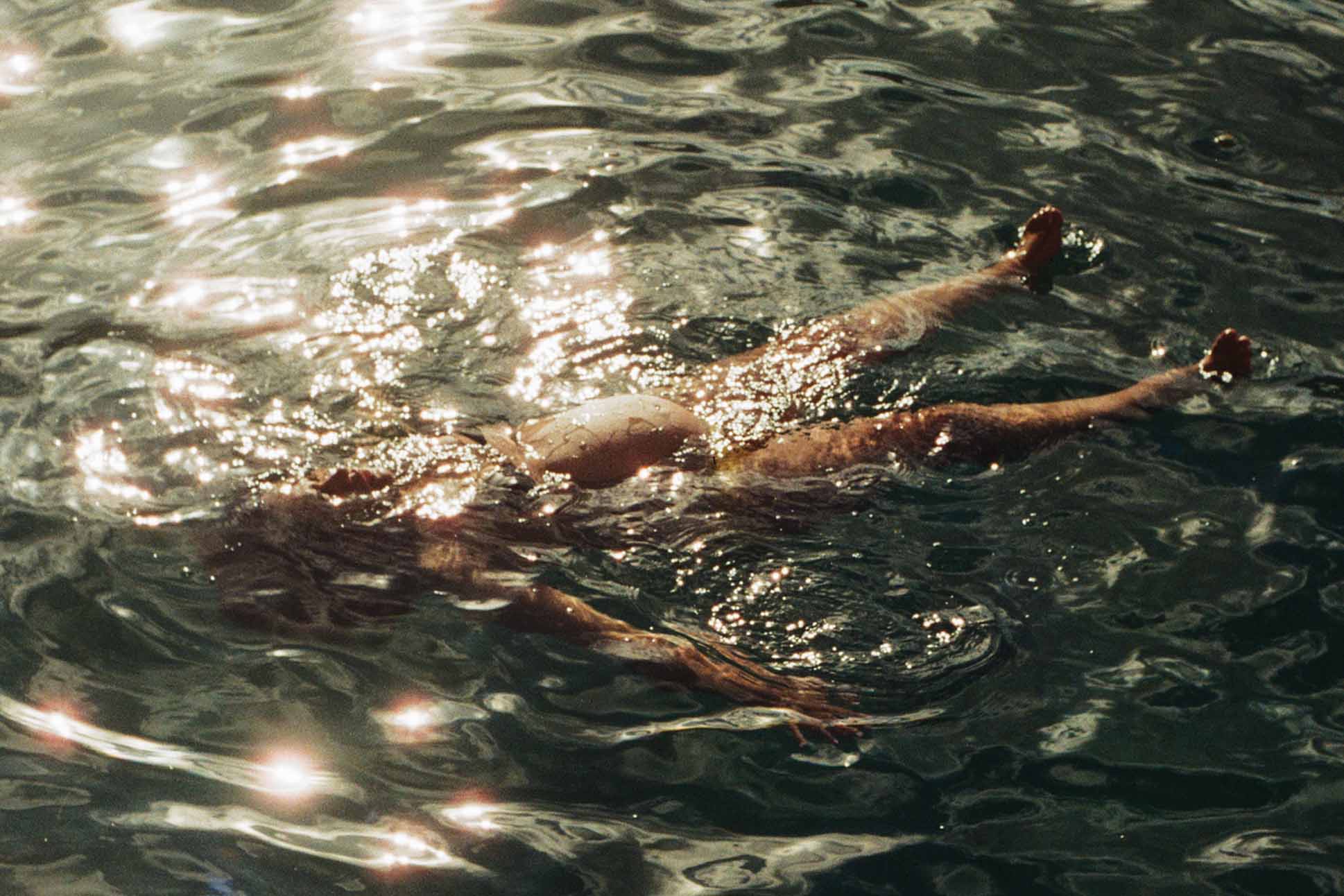



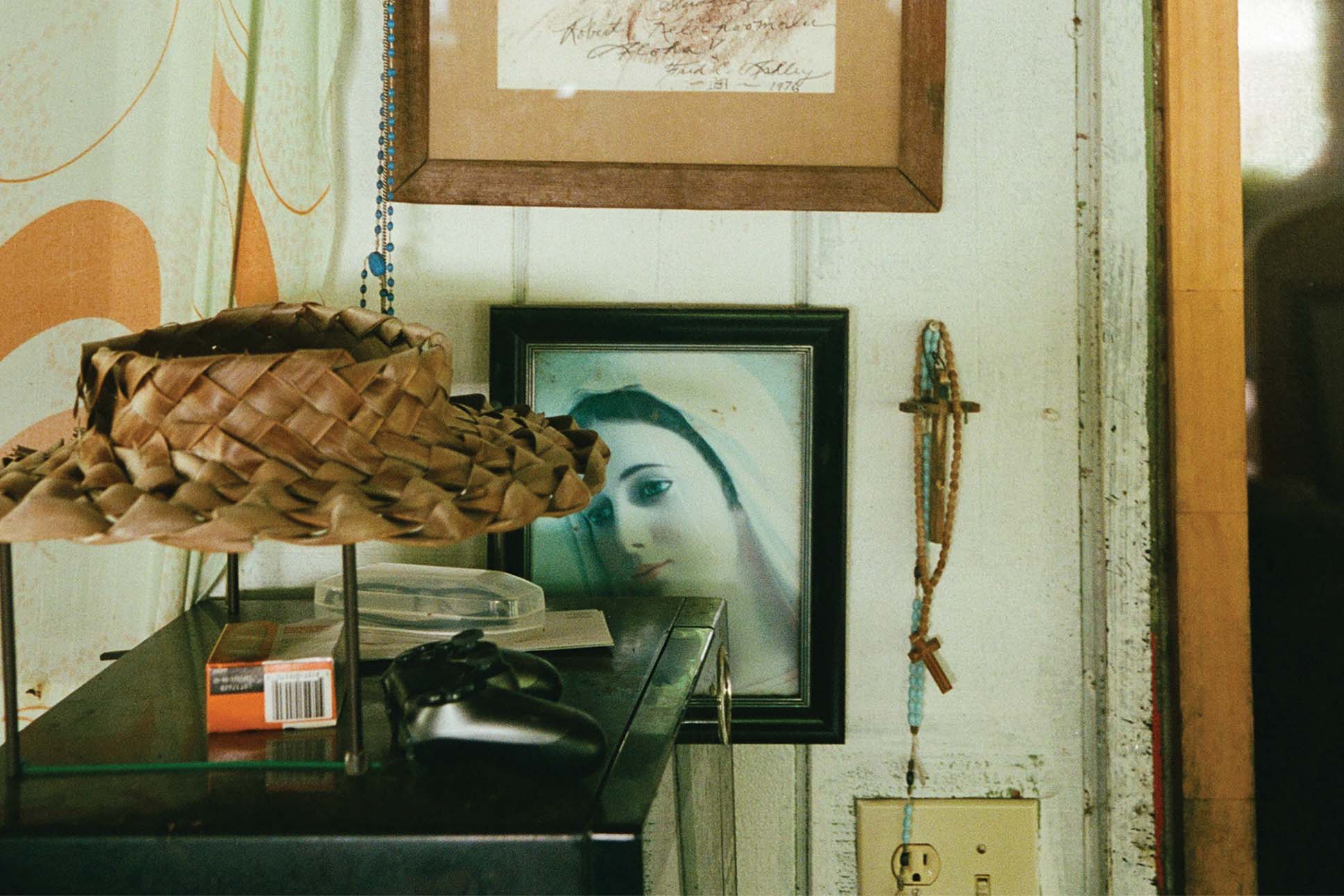

As a method that helps shape and influence your identity, what is it that brings you to a place of gratitude? And how does this process create and nourish you?
NWK Moving away affected the way I wanted to do my work, and how I wanted to be able to use my skills as a photographer. Not just for Hawaiians, but for Hawai‘i in general. Growing up in a place that is so multicultural, there’s a certain thing about being from Hawai‘i where your cultural understanding is so different from everywhere else in the world. I thought, I need to be able to do that for people, I need to be able to give and make portrayals and show portrayals of people that you immediately know if you come from this place. Even if that’s not your aunty and uncle, that is your aunty and uncle.
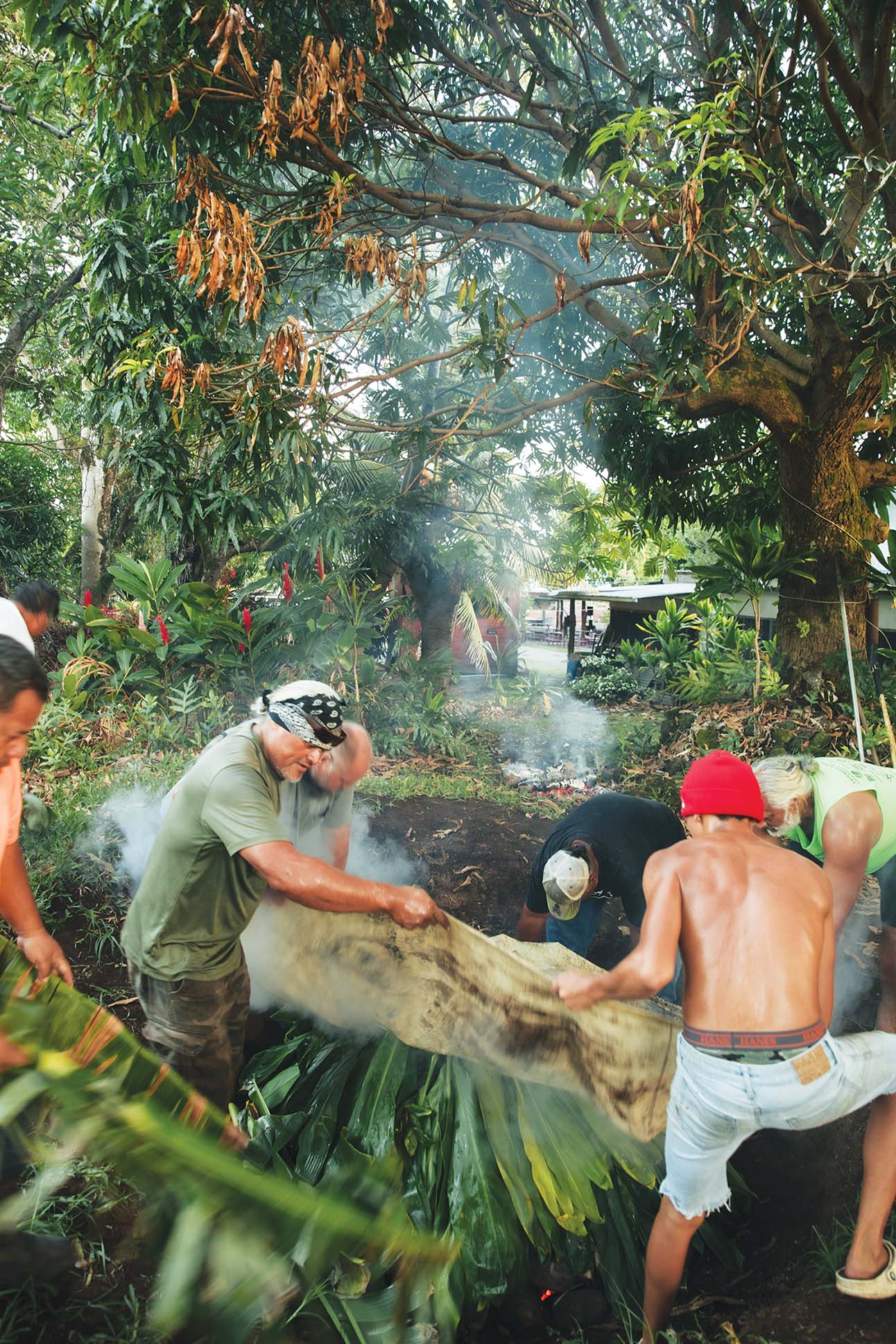

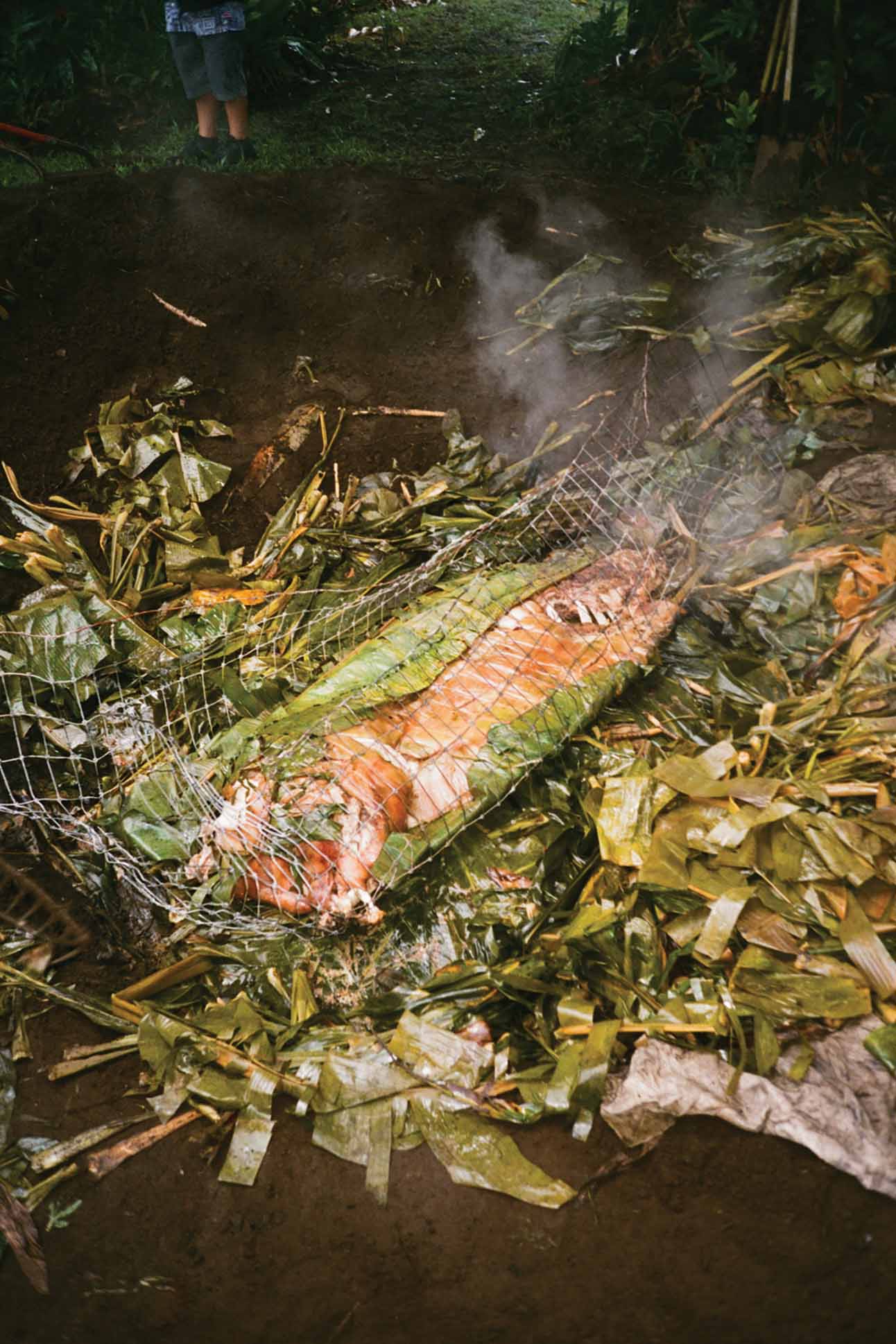

Themes of naming and memorializing come to mind in your photography. The imagery speaks to many in the room who remember this feeling, of honoring the direct room, the mountains and sea that frame it, pele, and the ancestors with us in the space as well as talking to our friends. What is the importance of gathering and celebrating?
NWK Happiness and gathering that is not always serious is very important. It keeps everything alive and present. Our family is very well known for being fun-loving and kanikapila. Once one person picks up an ‘ukulele, somebody else joins in, somebody brings a stand-up bass, so on. Bringing your presence to a place like that is so important, just to be happy. It is so important in fostering community and making sure community is kept alive. Also, that is then what your legacy becomes. That’s our legacy, not even just in the Hawaiian community. That is how we as a community in Hawai‘i have upheld our idea of community for so long. We are such a communal group. I love to chit-chat, so coming together and sharing that space with people in my own community and in other communities is great. I think it fosters a safe space for people to further create and get excited about things. To share stories, but also, we are sharing our own personal past, which then creates and culminates what we see today in our newer communities and spaces.

